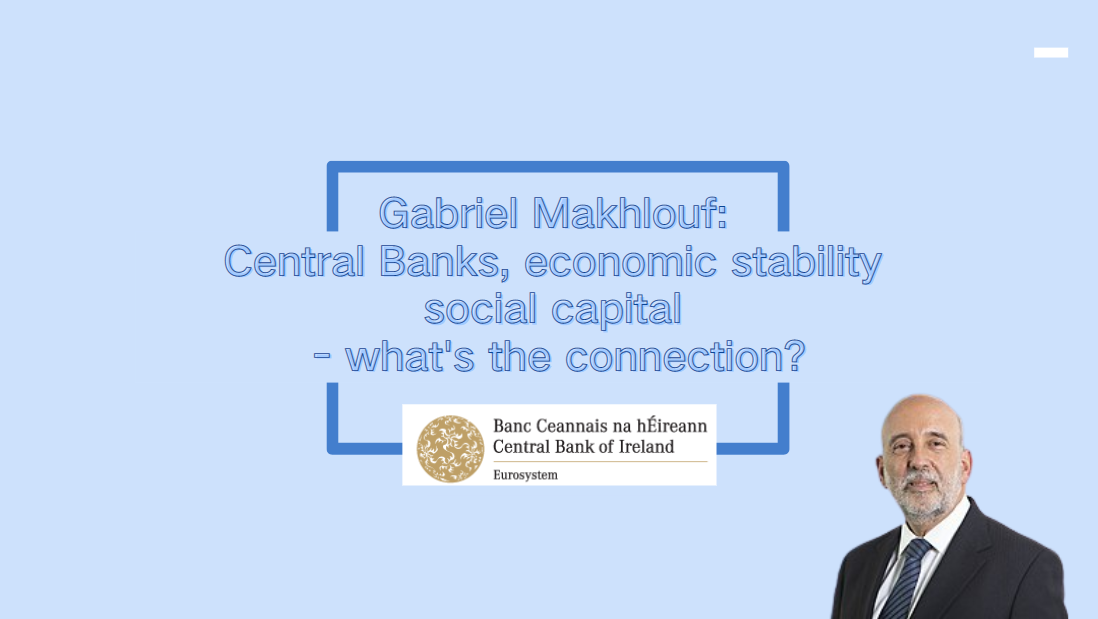Central bank asset purchases eased financial conditions during Covid-19 by improving market liquidity
- ♦Many central banks conducted large-scale asset purchases for the first time during the Covid-19 crisis.
- ♦The impact of asset purchases and relative importance of various transmission channels differed across time and economies.
- ♦The liquidity channel, whereby purchases improved financial market liquidity, was particularly important during the early weeks of the Covid-19 crisis.
Large scale asset purchases by central banks in response to the Covid-19 pandemic were broadly successful in addressing disruptions in monetary policy transmission and providing additional stimulus, according to a report released today by the Committee on the Global Financial System (CGFS).
In the report, the CGFS – a central bank forum for assessing risks to financial stability, hosted by the Bank for International Settlements – examines the experience of central banks in many small open and emerging market economies that conducted asset purchases for the first time during the Covid-19 crisis as well as in large advanced economies that expanded or reintroduced purchases.
The experience of a broad range of central banks demonstrates that asset purchases were helpful in reducing financing costs for households, firms and governments and limiting the economic fallout from the health crisis. ——Philip Lowe, Chair of the CGFS
The impact of asset purchases and relative importance of various transmission channels differed across time and economies. The liquidity channel, whereby purchases improved financial market liquidity, was particularly important during the early weeks of the Covid-19 crisis, when markets were stressed.
The signalling channel, whereby purchases foreshadowed the future stance of monetary policy, was less important than the portfolio rebalancing channel, through which purchases altered the duration and credit risk in private investors' portfolios. The signalling channel contributed more to the easing of financial conditions in countries where policy rates were near the effective lower bound.
The report also notes that in most countries a strong economic rebound and surge in inflation prompted central banks to stop asset purchases within a year or two and to start raising policy rates. The relatively short time span of the purchases thereby reduced the risk of unintended side effects.






















































First, please LoginComment After ~